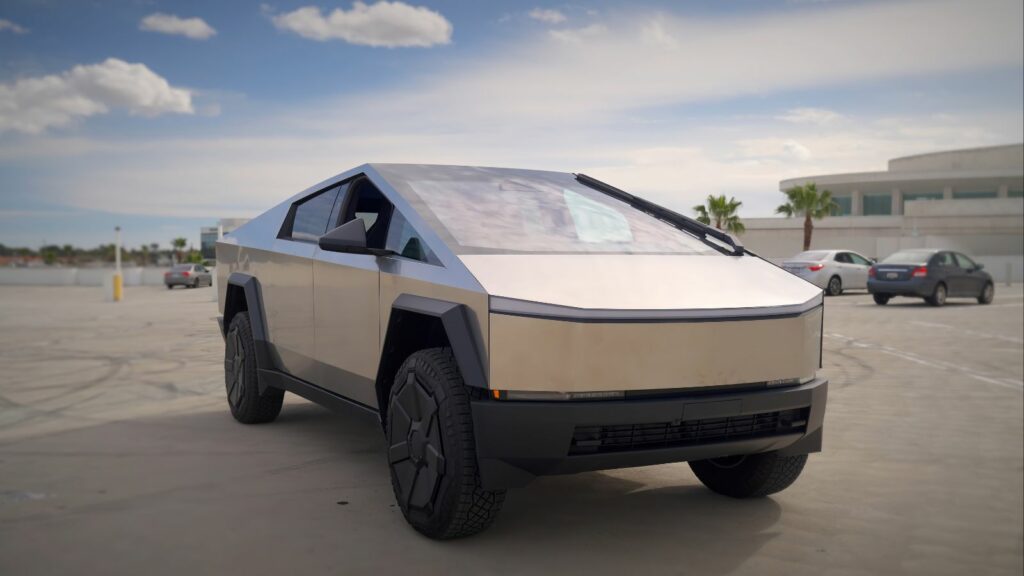The future is here, pulling a double-trailer down the highway. Trucks used to be all about brute force and brawn but are now becoming showcases of cutting-edge technology. Imagine a truck that drives itself, communicates with other vehicles, and can run without fossil fuels. It’s not science fiction—it’s the future of trucking. Here are 12 revolutionary technologies that are changing how we think about trucks.
Autonomous Driving

Picture this: You’re cruising down the highway, and a massive 18-wheeler passes by. But wait, there’s no driver! Autonomous trucks are no longer a figment of our imagination. With companies like Tesla, Waymo, and Daimler leading the charge, these self-driving behemoths are becoming a reality. Equipped with LIDAR, radar, cameras, and advanced AI, these trucks can navigate highways, avoid obstacles, and even park themselves. The goal? Reduce human error (which, let’s face it, can be plentiful), lower operational costs, and increase efficiency. Studies have shown that human error accounts for around 90% of road accidents, so this technology isn’t just cool—it’s potentially life-saving.
Electric Trucks
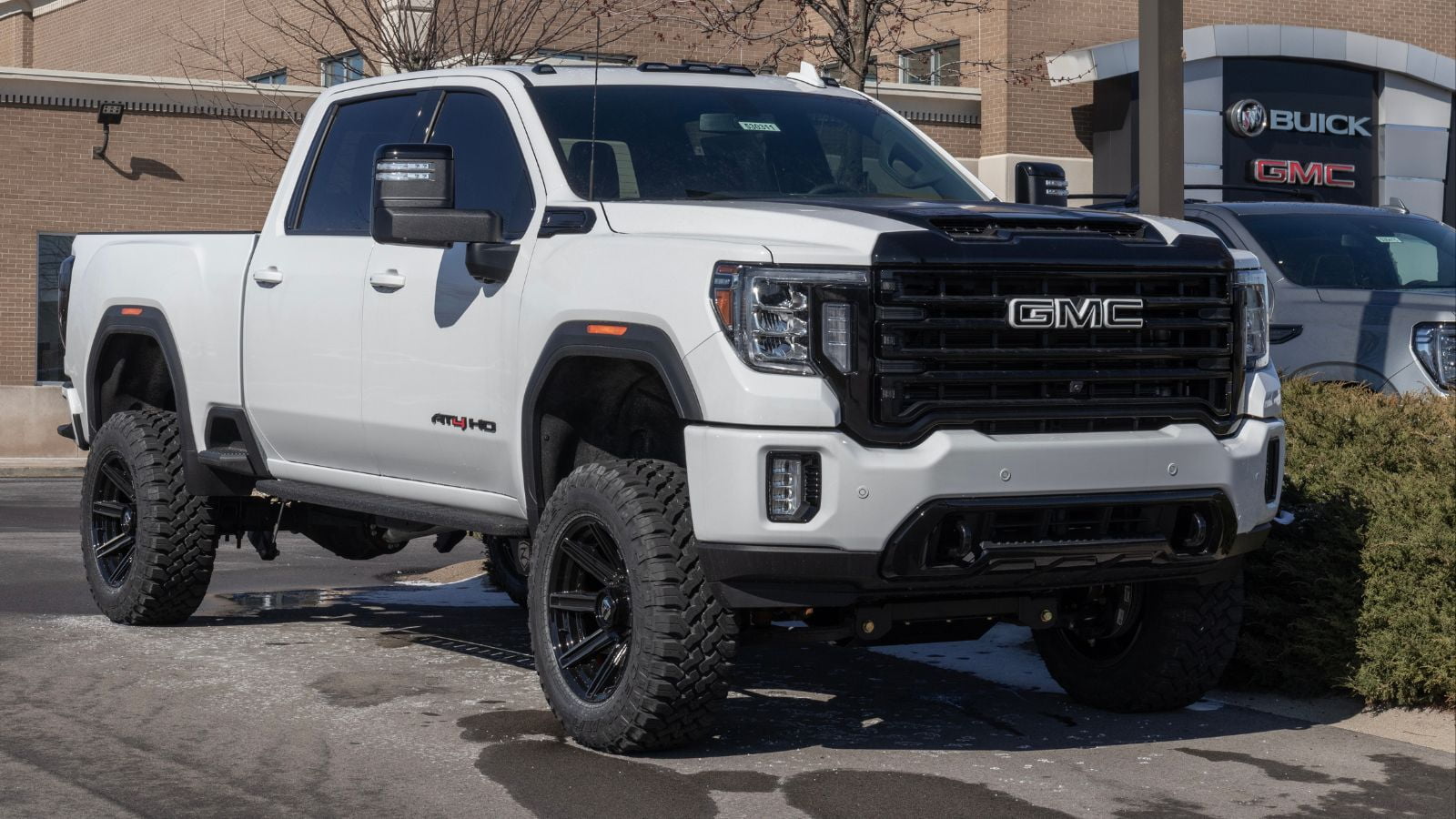
Diesel engines have been the kings of the road for decades, but their reign might end. Enter electric trucks, which promise to haul heavy loads without emitting a single puff of black smoke. Tesla’s Semi, Nikola’s hydrogen-electric trucks, and Rivian’s electric delivery vehicles pave the way for a cleaner, greener trucking industry. As battery tech gets better, these trucks are achieving ranges of up to 500 miles on a single charge. While the charging infrastructure still needs work, the potential environmental benefits are enormous. Electric trucks are significantly quieter, meaning no more deafening engine roars as they thunder down the street.
Platooning

Imagine a convoy of trucks driving mere feet apart, perfectly synchronized, like a well-rehearsed ballet—only much heavier and less graceful. This is platooning. Utilizing Vehicle-to-Vehicle (V2V) communication, trucks in a platoon can accelerate, brake, and steer in unison. This reduces aerodynamic drag, leading to significant fuel savings (up to 10%!) and fewer carbon emissions. It also means that the lead truck does most of the thinking, with the following trucks just playing follow the leader. And if you’re worried about safety, don’t be. These systems are designed with automatic emergency braking and adaptive cruise control, making them safer than traditional convoys.
Hydrogen Fuel Cells
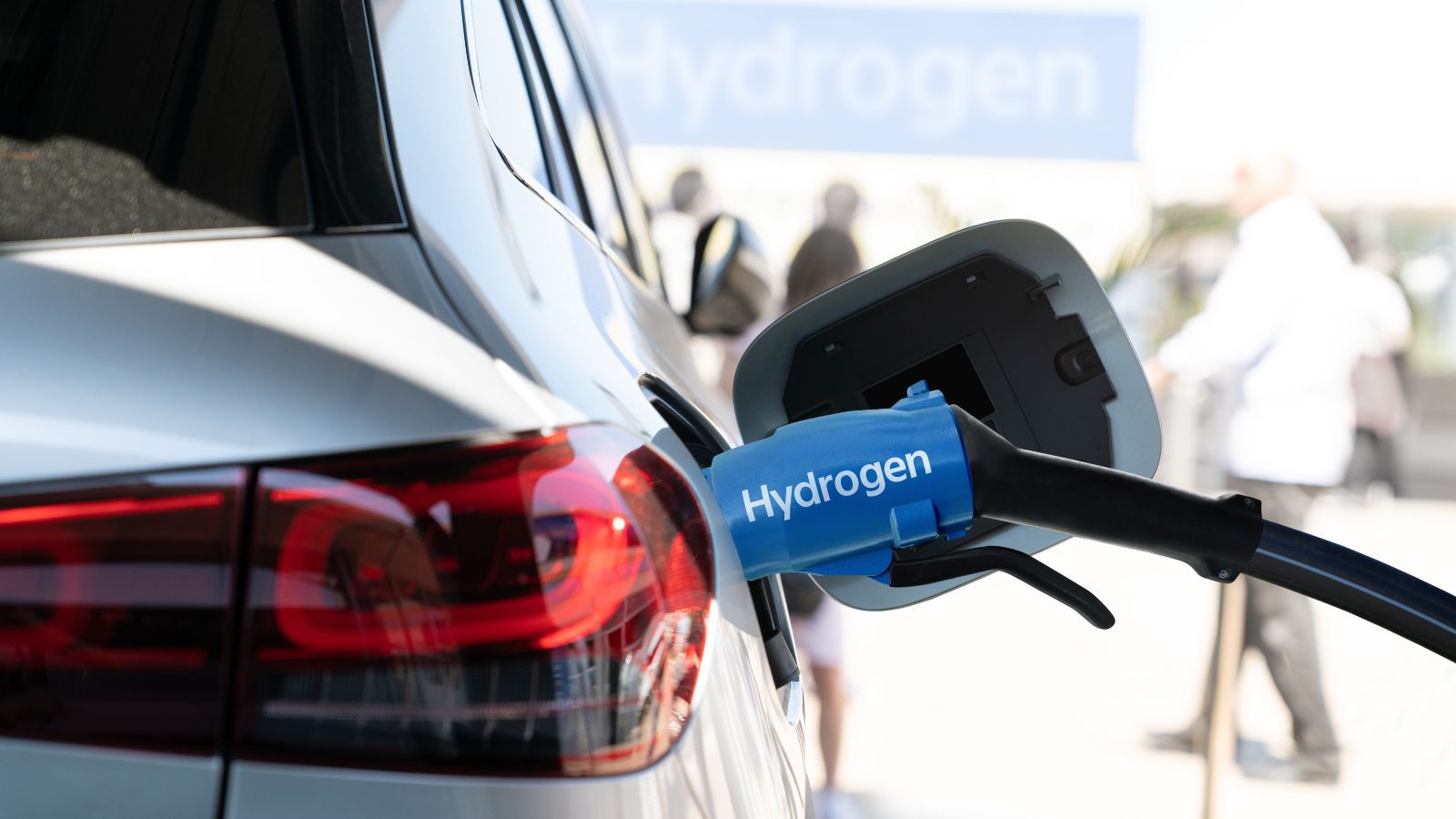
While electric trucks steal the spotlight, hydrogen fuel cell trucks quietly make waves. Instead of relying on batteries, these trucks use hydrogen gas to generate electricity, with water vapor as the only emission. Companies like Toyota and Hyundai are betting on this technology, which offers the benefits of electric trucks without long charging times. Hydrogen refueling takes just minutes, compared to hours for a full battery charge. The challenge? Building out the hydrogen refueling infrastructure.
Smart Trailers
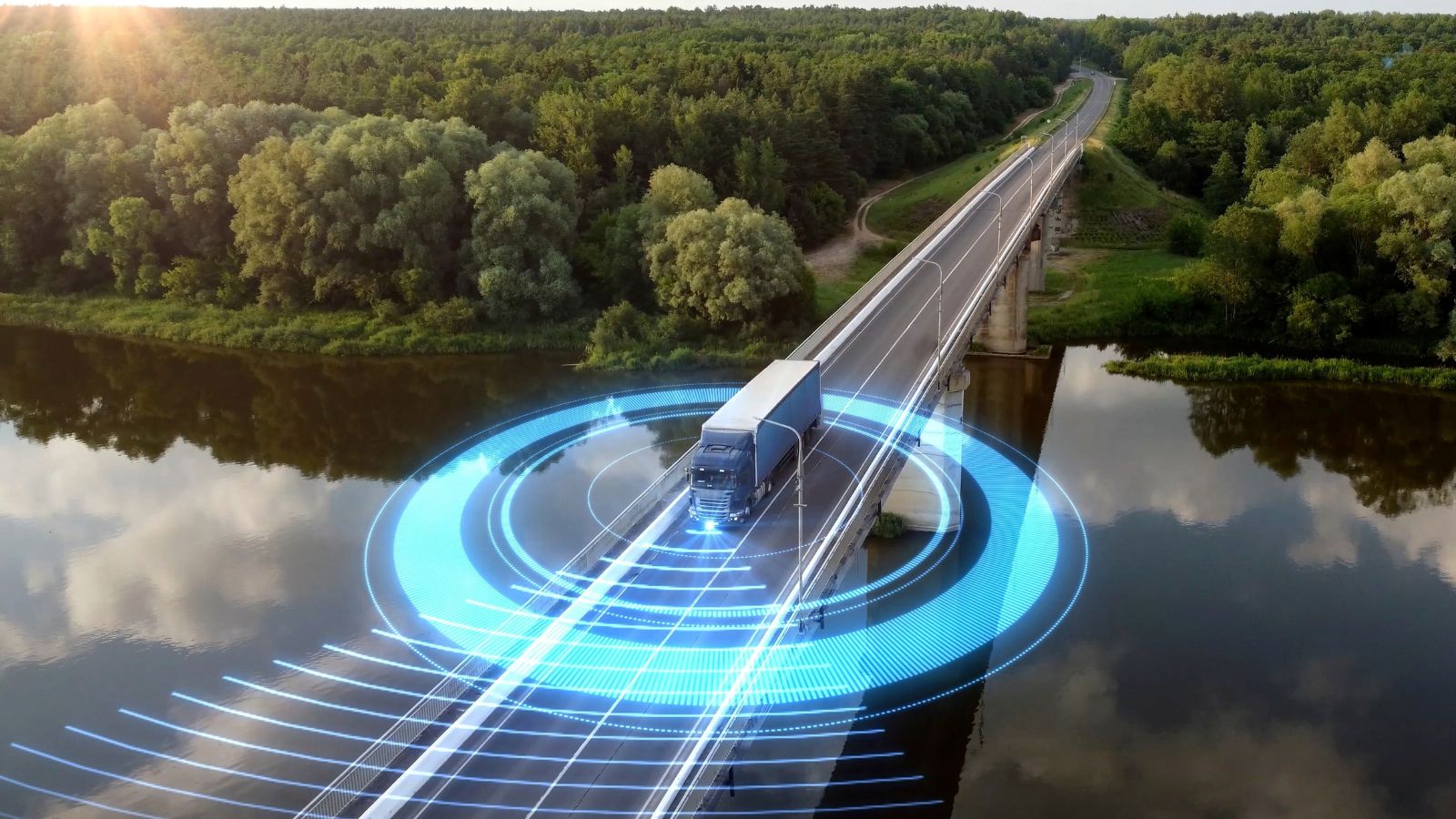
Trucks have always been innovative, but their trailers? Not so much—until now. Smart trailers are revolutionizing the logistics industry by turning the once-dumb metal box into a data powerhouse. Equipped with sensors, GPS, and IoT (Internet of Things) technology, these trailers can monitor everything from temperature and humidity to load distribution and tire pressure. They can even alert drivers and fleet managers if something goes wrong like a door being left open or cargo shifting dangerously. The result? Fewer spoiled goods, less downtime, and happier customers. With real-time tracking, you’ll never have to wonder where your shipment is again.
Advanced Telematics
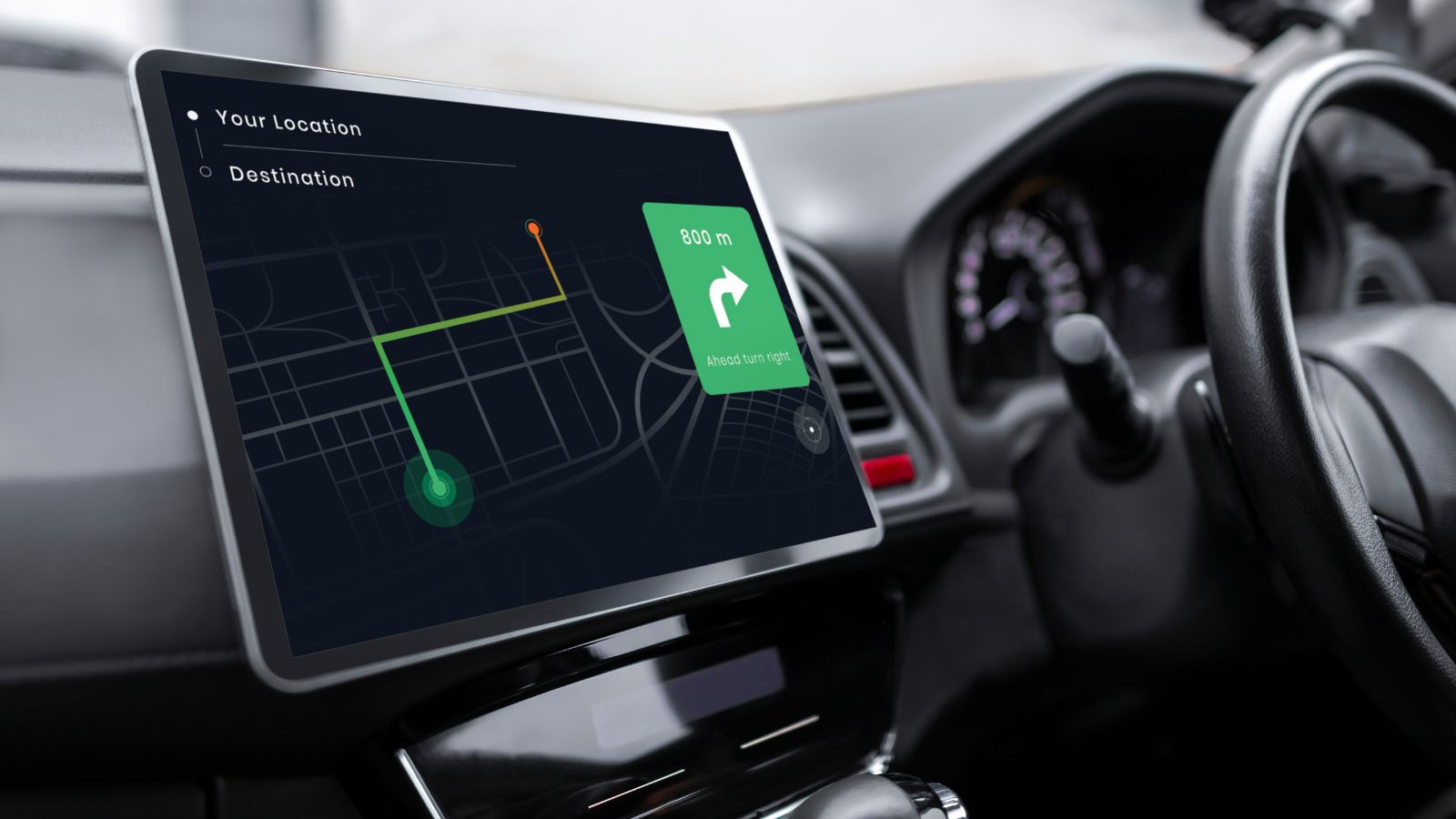
If you think telematics is just about GPS tracking, think again. Modern telematics systems are like the Swiss Army knives of trucking technology. They monitor everything from engine performance and fuel efficiency to driver behavior and route optimization. Want to know if your driver is idling too long, taking sharp turns, or braking too hard? Telematics has you covered. This data isn’t just collected for fun—it improves safety, reduces costs, and even lowers insurance premiums. With cloud-based systems, fleet managers can access this information from anywhere, making it easier to monitor their trucks.
Predictive Maintenance
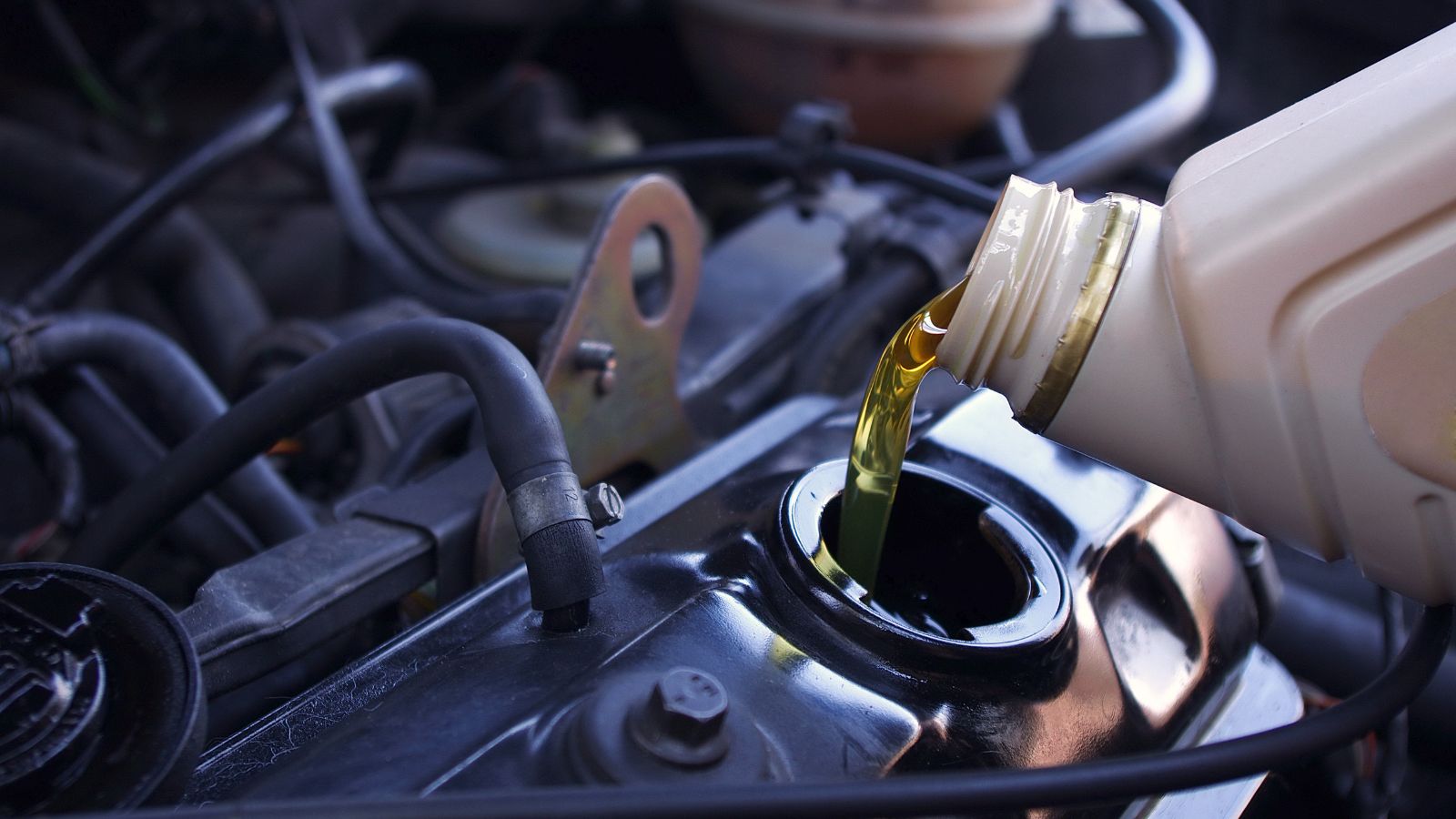
Imagine knowing your truck’s engine is about to fail—before it does. That’s the promise of predictive maintenance, a technology that uses sensors, AI, and data analytics to predict when parts will wear out or break down. By catching issues early, companies can avoid costly breakdowns and keep their trucks on the road longer. According to a study by Frost & Sullivan, predictive maintenance can reduce maintenance costs by up to 30% and increase vehicle uptime by up to 20%. It’s like having a crystal ball for your fleet—way more practical.
Enhanced Driver Assistance Systems
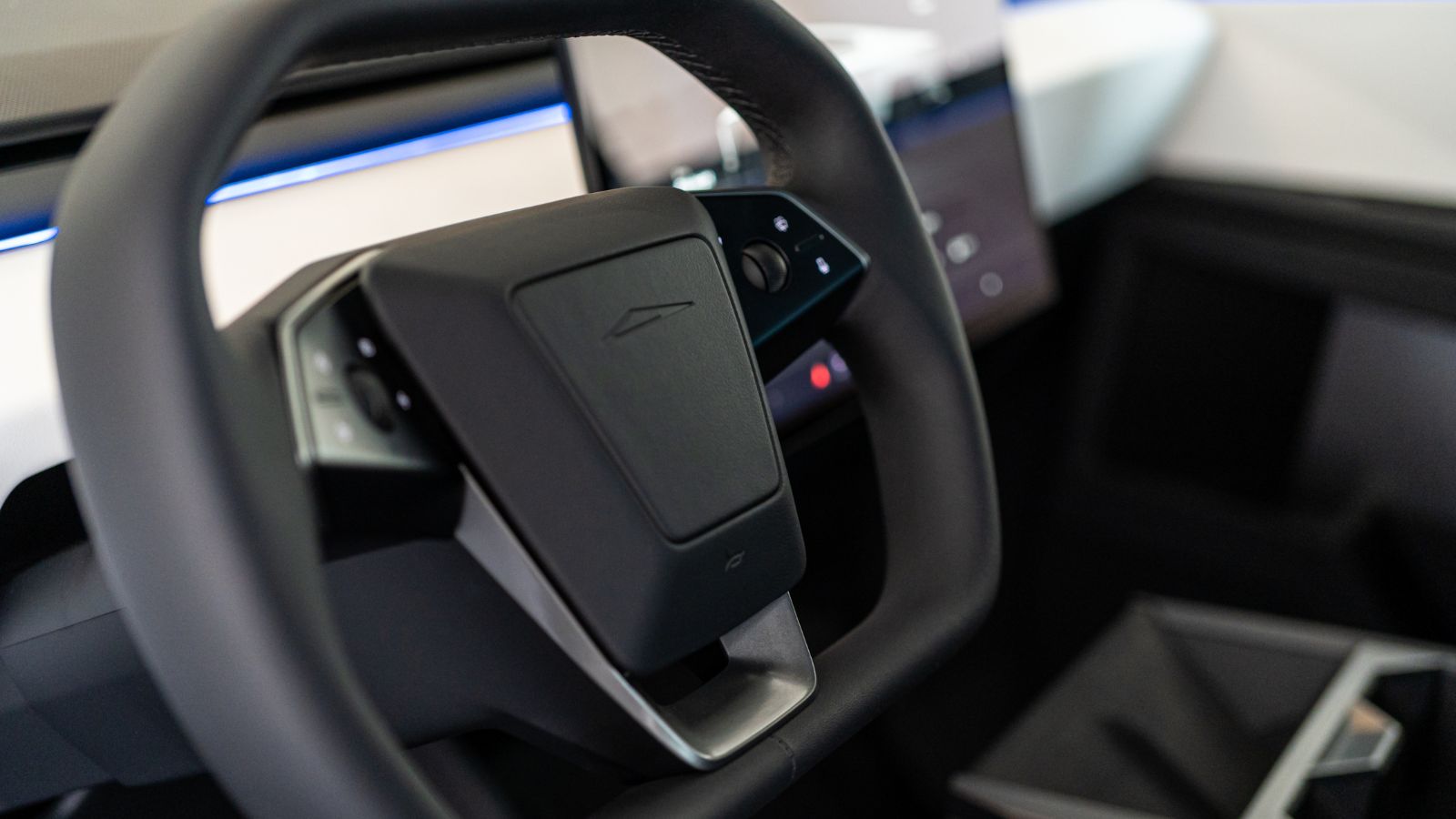
Driving a truck isn’t easy, but Enhanced Driver Assistance Systems (ADAS) are here to lend a hand. These systems include adaptive cruise control, lane-keeping assist, automatic emergency braking, and even driver fatigue monitoring. Essentially, they’re designed to make driving safer and less stressful. For instance, if a driver drifts out of their lane, the system gently steers the truck back on course. If the truck detects that the driver is getting drowsy, it can issue a warning or even suggest a break. These technologies don’t just make the roads safer—they also help reduce driver fatigue, which is a leading cause of accidents.
Lightweight Materials
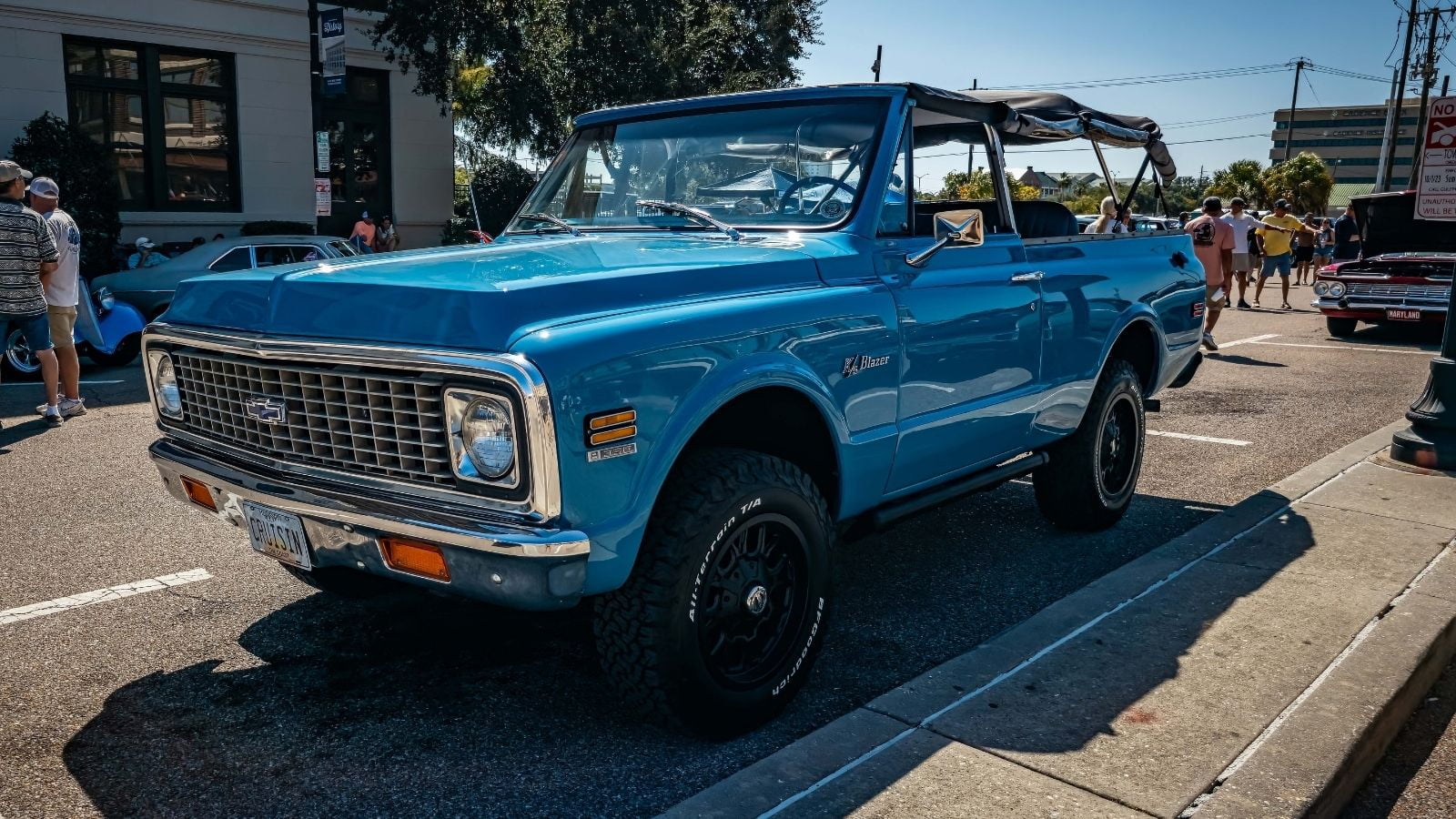
When it comes to trucks, weight is everything. The heavier the truck, the more fuel it consumes and the more wear and tear it experiences. Manufacturers are increasingly turning to lightweight materials like aluminum, carbon fiber, and high-strength steel. These materials are just as strong as traditional steel but weigh significantly less. The result? More fuel-efficient trucks have a higher payload capacity and are easier on the environment. For instance, using aluminum in truck manufacturing can reduce the vehicle’s weight by up to 50%, leading to substantial fuel savings over the vehicle’s lifetime.
Regenerative Braking

Regenerative braking is like recycling your truck’s energy. Instead of wasting energy when braking, regenerative systems capture that energy and use it to recharge the vehicle’s battery. This technology is instrumental in hybrid and electric trucks, extending the vehicle’s range by up to 20%. It’s like getting free fuel every time you hit the brakes. Not only does this improve fuel efficiency, but it also reduces wear and tear on the brake system, meaning fewer replacements and lower maintenance costs. It’s a win-win for both the environment and your wallet.
Aerodynamic Designs
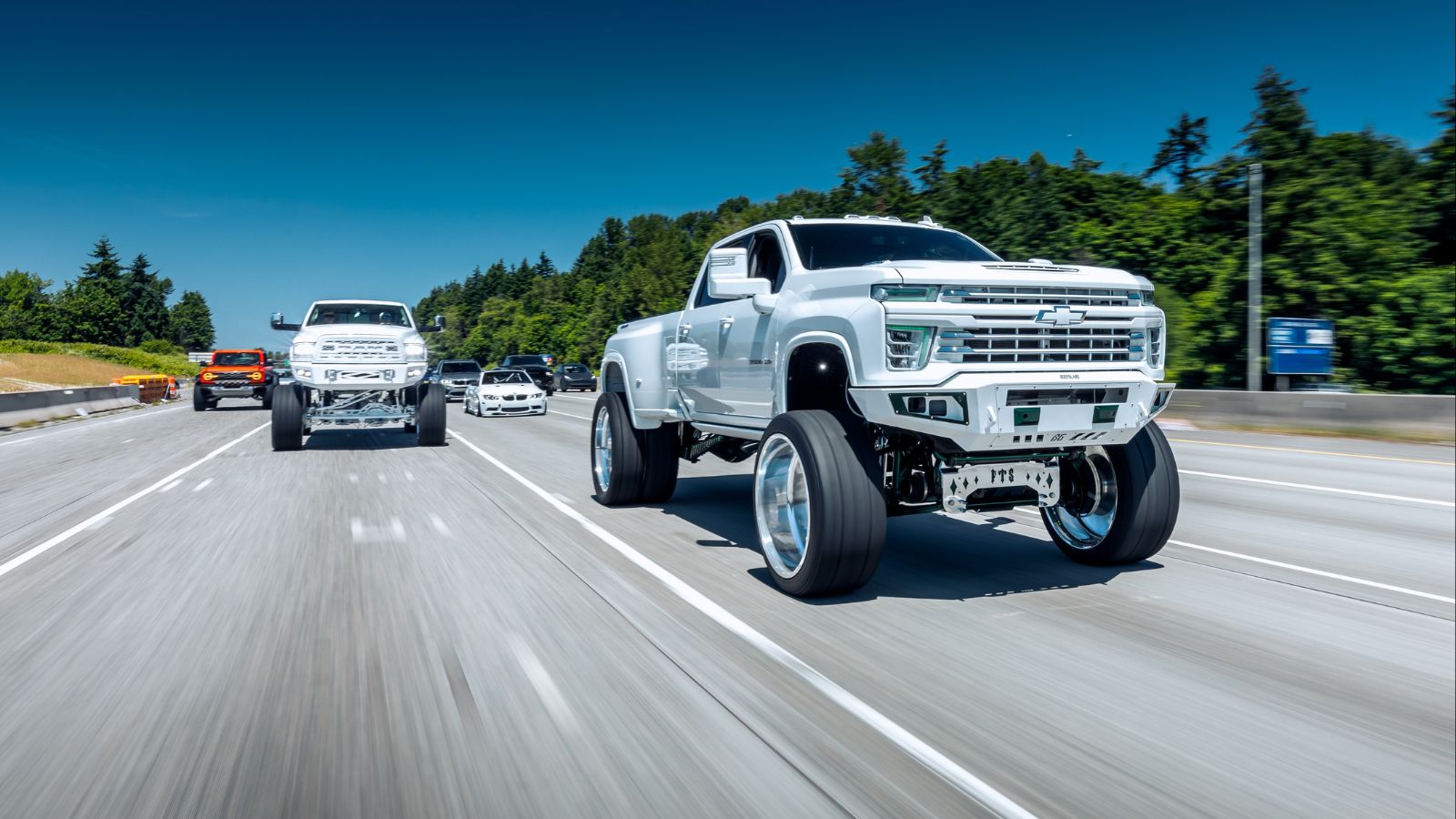
Trucks aren’t exactly known for their sleek designs. They’re about as aerodynamic as a brick. But that’s changing, thanks to advancements in aerodynamic technology. Modern trucks are being designed with features like streamlined cabs, side skirts, and tail fairings that reduce drag and improve fuel efficiency. Small changes, like adding vortex generators or redesigning mirrors, can significantly impact. According to the American Trucking Association, improving a truck’s aerodynamics can reduce fuel consumption by up to 15%. That’s a big deal when you consider that fuel is one of the most significant expenses for trucking companies.
5G Connectivity

As the world gears up for 5G, trucks are set to benefit significantly. 5G connectivity promises faster data transmission, lower latency, and more reliable connections, critical for autonomous driving, telematics, and smart logistics. With 5G, trucks can communicate with each other and infrastructure in real-time, leading to safer and more efficient roadways. This technology will also enable more advanced telematics systems, allowing for real-time diagnostics, remote software updates, and over-the-air repairs. In other words, 5G is the backbone of the future of trucking.
14 Supercars Under $100K That Deliver Breathtaking Speed and Style

When you think of supercars, names like Ferrari, Lamborghini, and McLaren often come to mind, along with their staggering price tags. However, high-performance vehicles aren’t exclusively reserved for the super-rich. There exists a sweet spot where speed, style, and (relatively) sensible pricing converge, offering thrilling rides without completely obliterating your bank account. Hop in as we explore 14 underrated supercars under $100K.
14 Supercars Under $100K That Deliver Breathtaking Speed and Style
